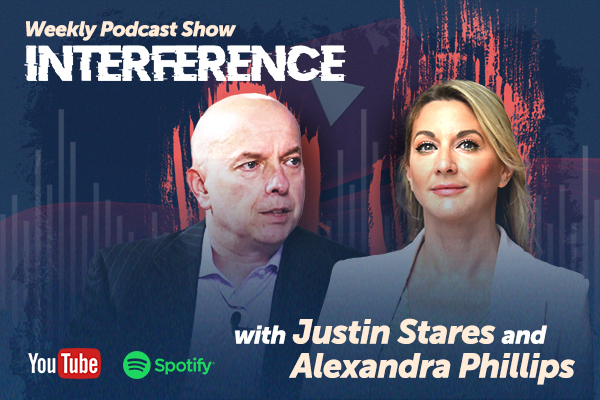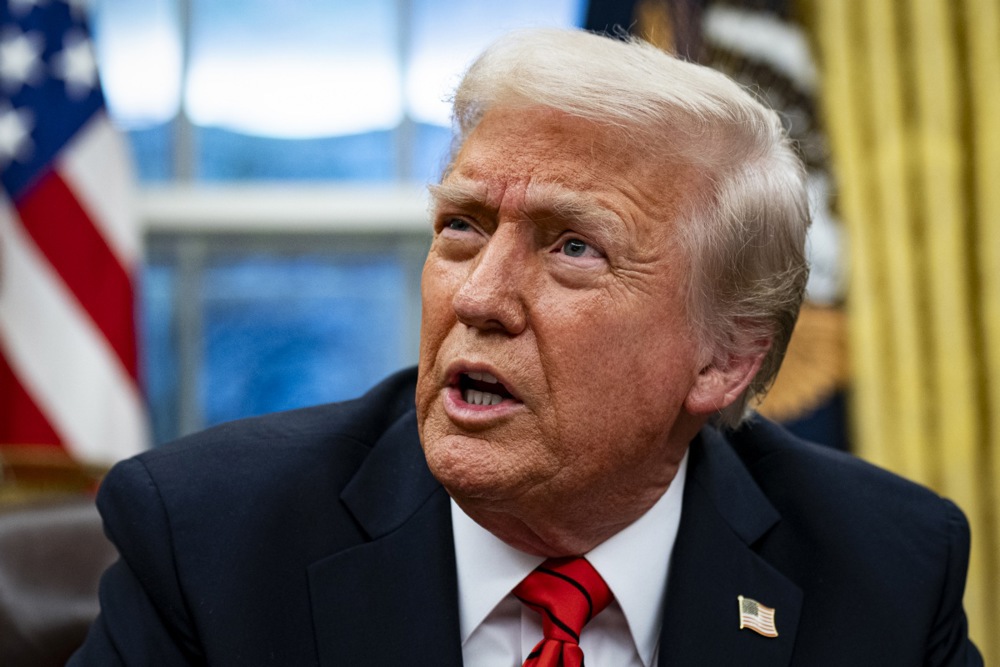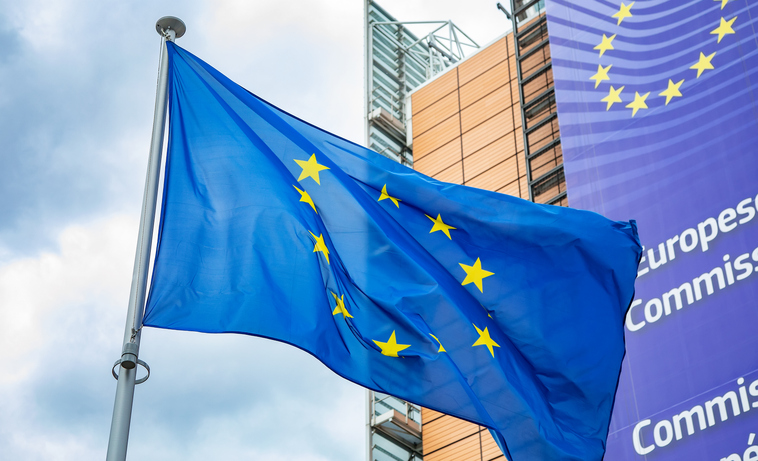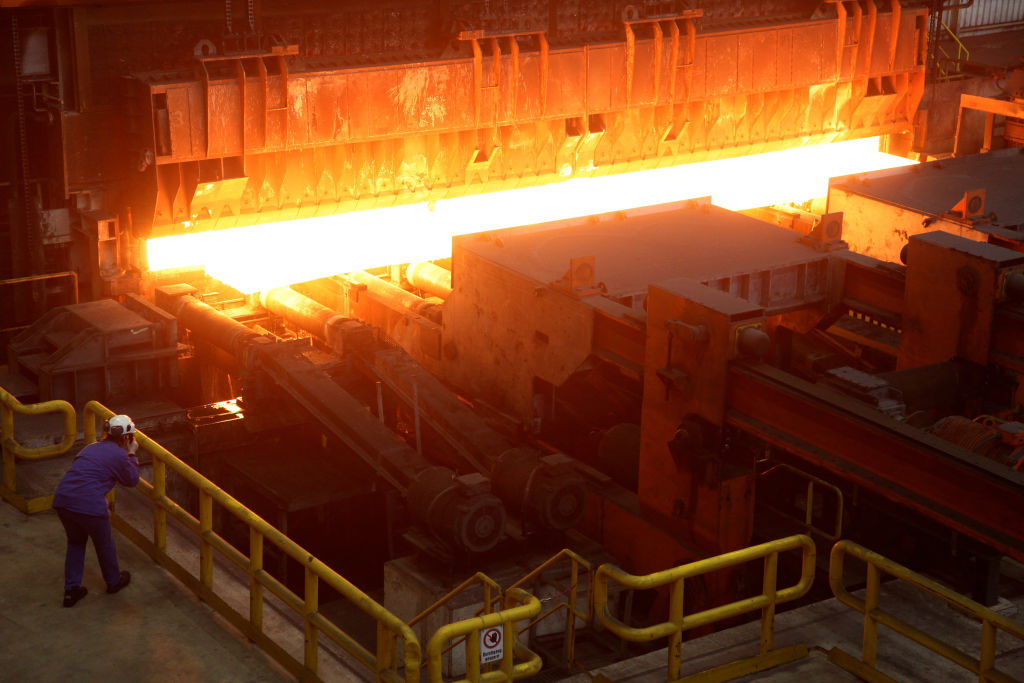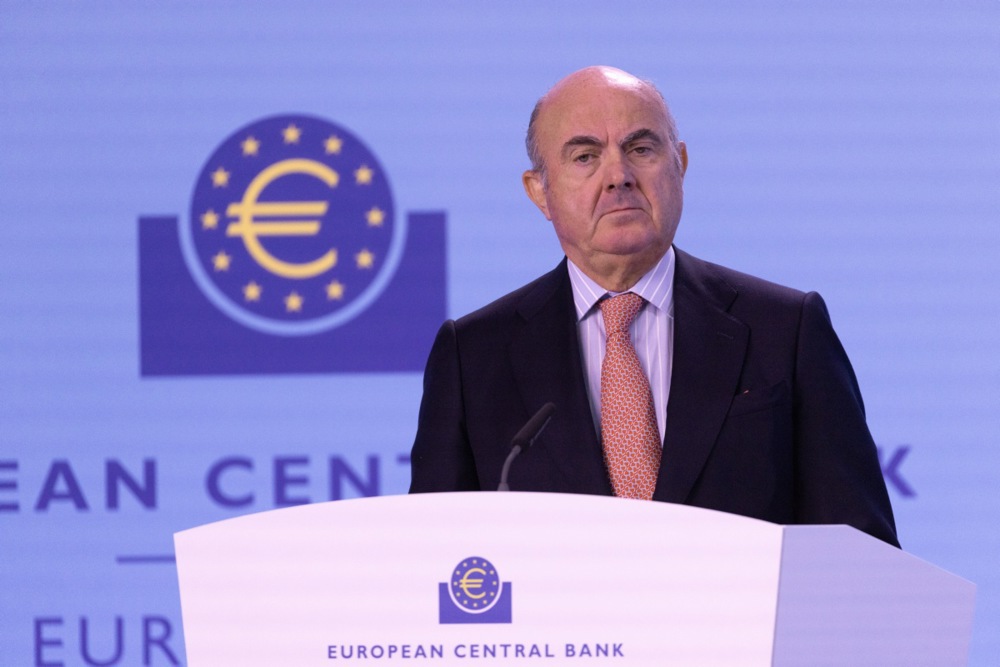US President Donald Trump has signed an executive order imposing tariffs on the European Union and many other countries.
“Make America wealthy again,” he said, before unveiling the much-anticipated figures on April 2, which he described as “Liberation Day”.
Qualifying the move as “one of the most important days in American history”, Trump gave an almost 50-minute speech to announce what countries would be hit by the tariffs and how the rates were calculated per country.
These calculations, made in just a few weeks, sounded like a declaration of war on the economic order for US trade partners.
To ask for exemptions, representatives of the concerned countries will have to pay a visit to the offices of the US President.
“None of our companies are allowed to export,” to these countries, said Trump.
He claimed trade partners had been harming US industries for “50 years”, listing foreign tariffs that were higher than those previously imposed and giving examples of “non-monetary” barriers foreign countries used that harmed US industries; they were he said “a threat for national security”.
“I don’t blame foreign countries for doing that,” he said. “I think they’re very smart”.
Instead, Trump held former US administrations accountable for not having acted on what he called unfair trade practices.
In unveiling the tariff rates imposed per country, Trump held up a portable chart displaying what he said truly reciprocal tariffs would have looked like.
Indeed, he said the tariffs actually imposed were not totally reciprocal because that would have been too harsh on other countries.
Two columns were visible on the chart. One displayed the trade balance (or imbalance) between a country and the US, and the other showed the tariffs that will be imposed. Given that the new US tariffs were lower than the calculated trade imbalance – except for the minimum rates of 10 per cent – Trump qualified them as “kind”.

China stood top of the list, followed by the EU and several Asian countries (Taiwan, Japan, South-Korea, Vietnam and others) plus Switzerland, the UK and a few Latin American countries.
Mexico and Canada were excluded from that list, after having apparently made sufficient concessions.
Russia and Bielorussia were also not mentioned.
On China, the administration imposed 34 per cent (versus its 67 on incoming US goods) and on the EU, 20 per cent (versus 39 on US goods). The UK, Columbia, Singapore, Turkey, Chile and Australia received the minimum rate of 10 per cent.
Vietnam and Cambodia were hit with 47 and 49 per cent tariffs, respectively.
Trump also announced the “largest tax cut” in the history of the US, wide-ranging spending cuts and said he was “putting the budget right where it should be”.
A few hours before his speech, the Trump administration had confirmed that the 25 per cent tariffs on foreign cars announced a few days ago would take effect at 5am on April 3. Duties on automotive parts imports were set to be launched a month later.
